Welcome to the fifth installment of the Meridian Center for Cultural Diplomacy’s Soft Power: The Monthly Roundup.
In addition to cultural diplomacy projects that launched this past month, for this last post of 2014 we’re also highlighting some notable efforts from this past year:
Global Lens: Addis Foto Fest
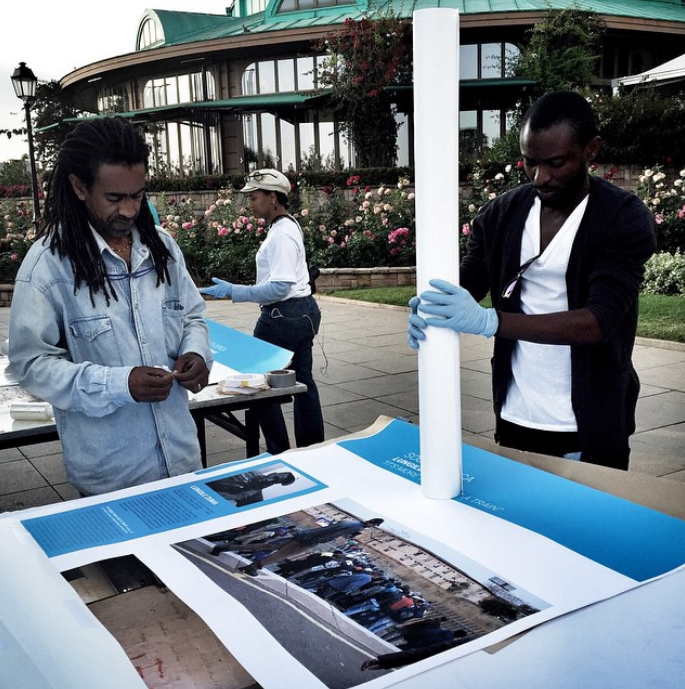
The Addis Foto Fest is a photography biannual held in Addis Ababa, Ethiopia. Founder and director Aida Muluneh began this festival in 2010 as a means to explore the notion of visual rhetoric through a global framework. This has not only been an opportunity to showcase emerging Ethiopian photographers, but also a chance to exchange ideas and resources among a group of international photographers who are capturing varying visions. The third edition of Addis Foto Fest featured 13 photographers from Ethiopia, as well as photographers from Asia and the Middle East, from December 1-7.
Hot Art: Miami Beach Art Basel
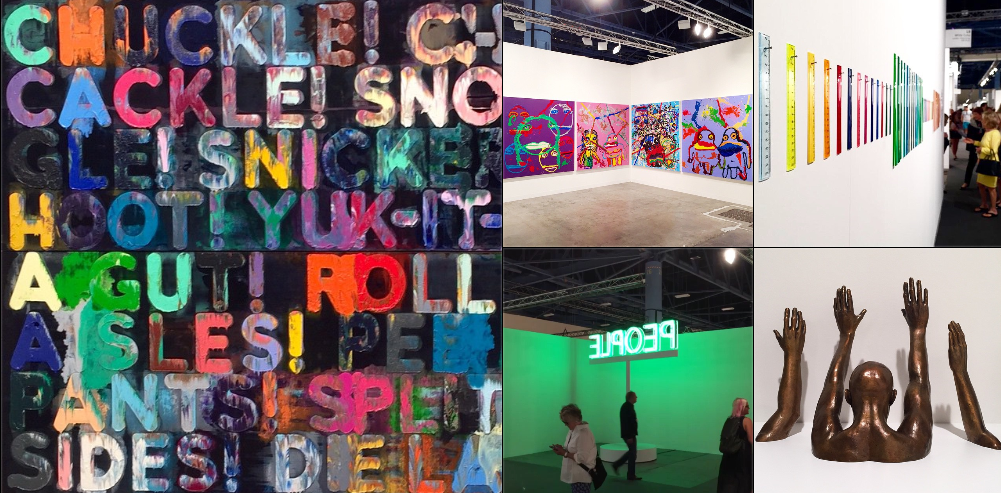
Art Basel – held every year in Basel, Switzerland; Miami Beach, Florida; and Hong Kong, China – is like no other contemporary art show in the world. Miami Beach Art Basel has easily become a favorite winter meeting place for international art enthusiasts, showcasing a massive collaboration of art installations, museum exhibitions, and gallery openings. Leading galleries from North America, Latin America, Europe, Asia, and Africa all come together to display the best works from leading artists, and introduce emerging ones. Between December 4 and 7, over 70,000 visitors flocked to Miami Beach to attend panel discussions and see paintings, sculptures, drawings, photographs, films, and live public art installations, such as Netherlands-based Theo Jansen’s walking strandbeest sculptures.
Caribbean Calling in Havana
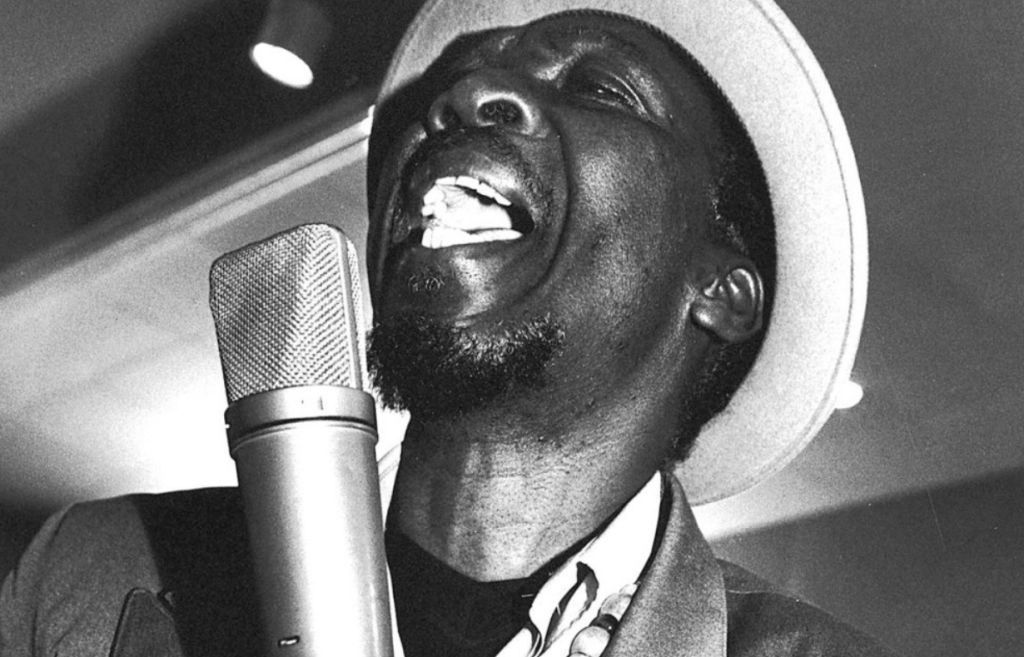
MovieMaker magazine named the trinidad + tobago film festival (ttff) as one of the 25 coolest film festivals in the world this year. The annual event celebrates films from Trinidad and Tobago, the larger Caribbean area, and its diaspora. In addition to creatively collaborating with its Latin American and Caribbean neighbors, ttff hosts workshops, panel discussions, seminars, and conferences to facilitate the growth of the Caribbean film industry. From December 4-7, ttff headed to Cuba for a third time to the 36th annual Havana Film Festival – one of the most prestigious and oldest film festivals in Latin America – to present Caribbean Calling, a mix of feature-length, short documentary, and narrative Caribbean films.
Better Business: Nixi Tibetan Pottery Artisans Tour the U.S.
Founders James and Mary Plaut established Aid to Artisans (ATA) in 1976 to preserve the culture and crafts of artisans around the world. Through an artisan craft cultural exchange, ATA hopes to direct intercultural understanding and cooperation while honoring treasured cultural traditions, such as Nixi black pottery. The 2014 Nixi Tibetan Pottery Cultural Exchange Tour, held from June 24 through July 19, connected five Nixi Tibetan potters with American potters and patrons in Los Angeles, California; Santa Fe, New Mexico; New York, New York; Washington, D.C.; and Asheville, North Carolina as part of a cultural exchange. The tour offered opportunities to develop markets and appreciation of this 1,200-year-old tradition to new audiences, partners, and consumers.
Portugal’s Creating a New Economy
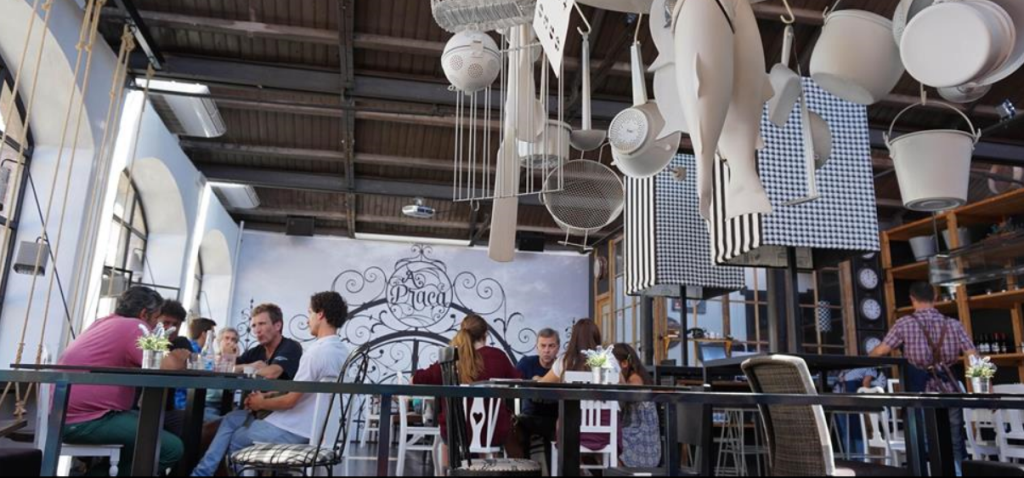
In Portugal, the creative industry is helping to rebuild Lisbon’s economy. While several European countries have taken austerity measures to cut spending, in Lisbon, Portugal, the government is focusing on its creative economy. With the help of the creative sector, this industry is helping to restore historic buildings and revive abandoned areas into creative districts, like the LXFactory industrial complex in Alcantara. To add to that, Lisbon is also booming with festivals such as Lisbon Architecture Triennale, Lisbon’s Fashion Week, and Lisbon & Estoril Film Festival. Starting in the summer and running into the fall, Lisbon hosts the International Street Art Festival, Global Shapers, Coworking Europe Conference and European Creative Hubs Forum.
Happy Haiti: A New View on Instagram
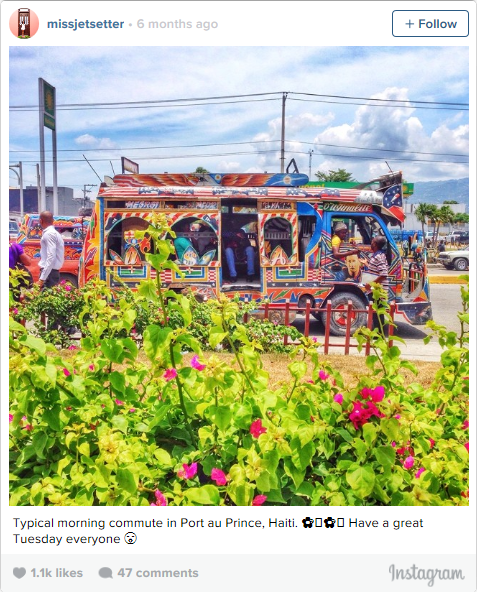
Young Haitians, along with Haitian-Americans and expats living in the country, are increasingly turning to social media platforms, such as Instagram, to showcase Haiti’s vibrant culture, landscapes, and people – broadening the world’s perspective of the Caribbean nation. After posting photos of her trip to Haiti, Haitian-American Lucie Josma from New York said, “Haitian-Americans from all corners of the U.S. have contacted me and thanked me for showing a different side of their country.” Businesses have taken notice of the trend: the country’s tourism increased by 20 percent last year, American Airlines opened a daily flight to Cap-Haïtien, and Hilton and Marriott have plans for new hotels in the capital.
Rethinking African Diaspora in Western Art
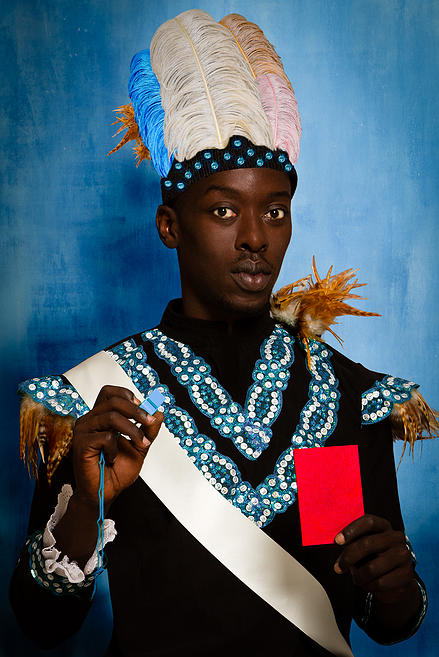
This past fall, Senegalese photographer Omar Victor Diop launched his highly acclaimed self-portrait series, Project Diaspora. During an artist residency in Spain, Diop came across a series from the Menil Collection in Houston called “The Image of the Black in Western Art.” The series included 15th– through 19th-century Western paintings of individuals of African descent. Diop appropriated 12 of these works to create new images, in which he poses as the original figures, including African princes and former slaves. To connect his viewers to the past and draw attention to increasing racism against young African athletes, Diop also incorporated soccer-themed items into his self-portraits. Thus far, Project Diaspora has been exhibited at the 1:54 Contemporary African Art Fair in Somerset House in London and at Paris Photo in Le Grand Palais in Paris.
Alexandra Siclait, Meridian Arts intern, contributed to this post.
















